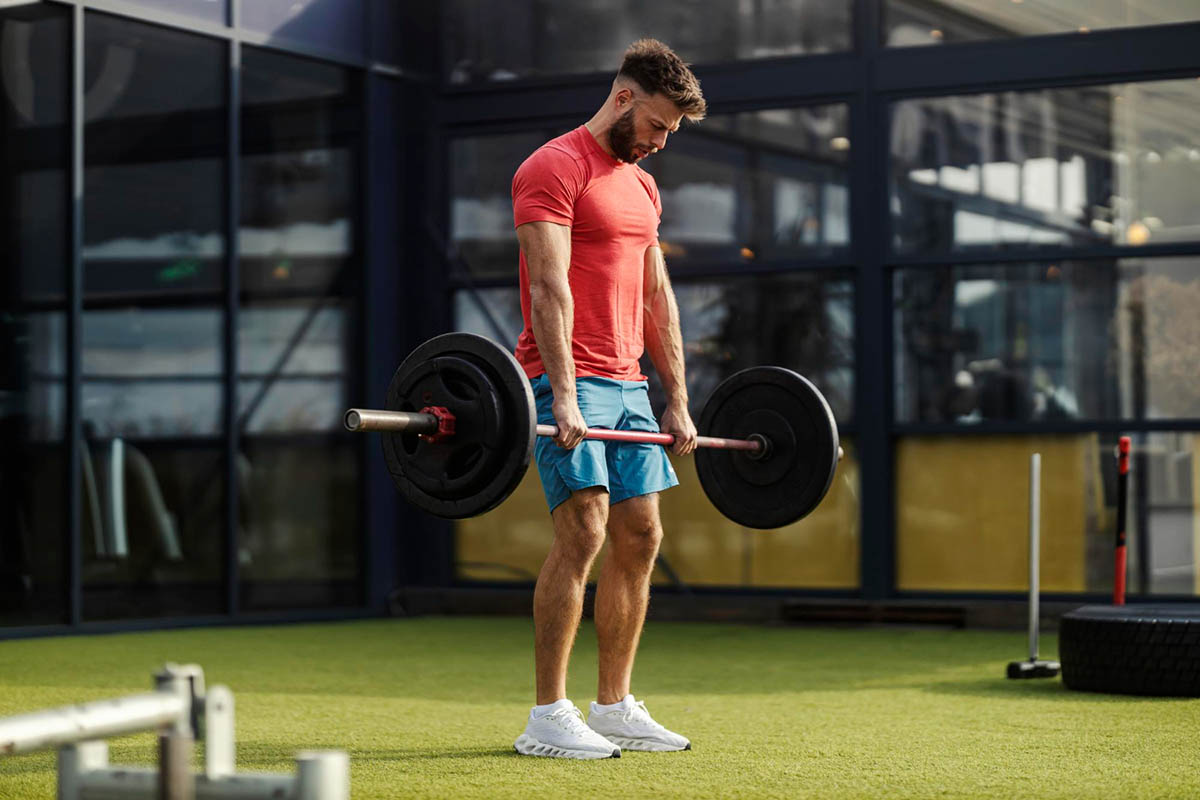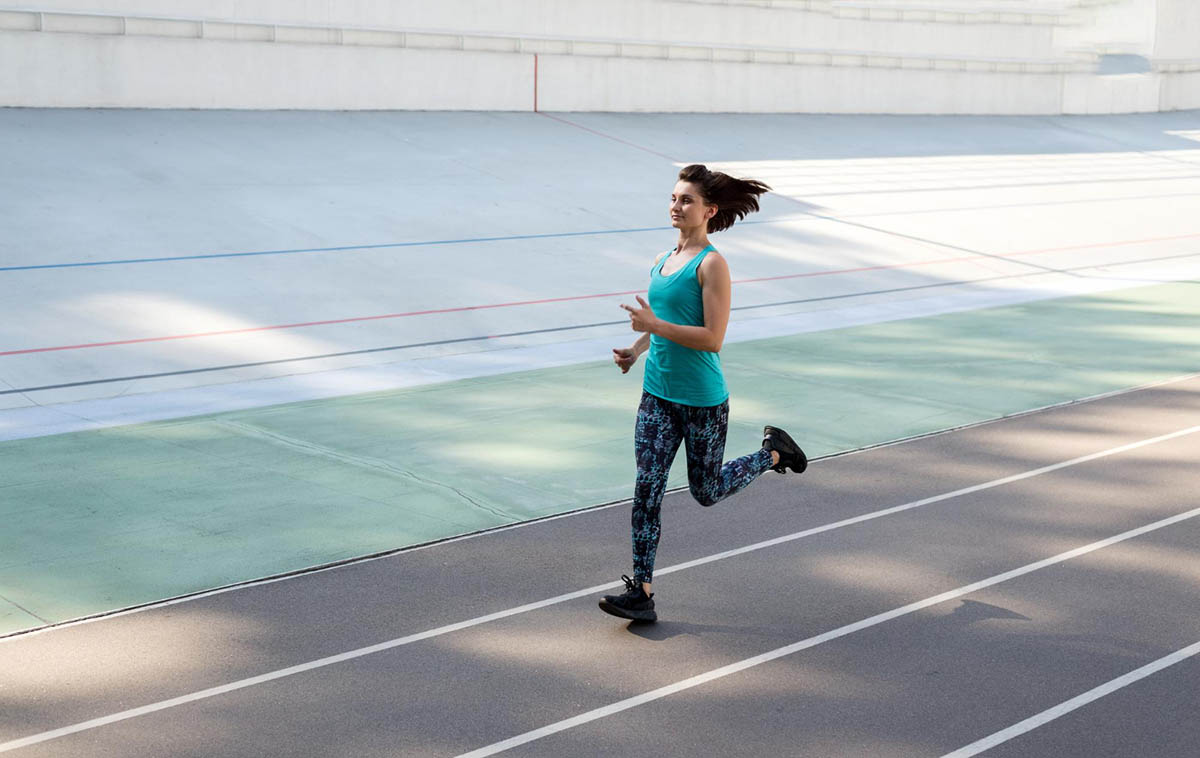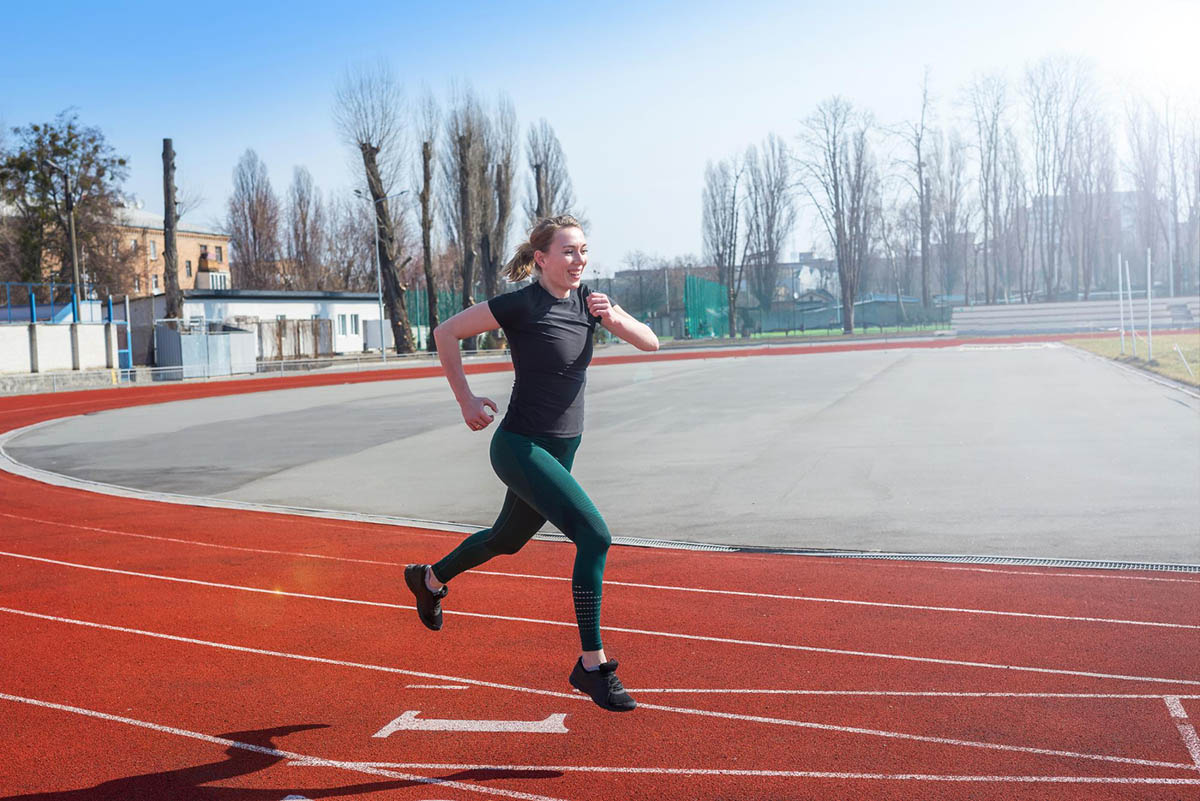Runners often focus solely on pounding the pavement, but integrating strength training workouts for runners into your routine can elevate your performance in ways you might not expect. These workouts are not just about building muscular strength—they improve running economy, increase VO2 max, enhance bone density, and even bolster mental resilience. Whether you’re a sprinter or into long-distance running, these exercises are key to running faster, longer, and injury-free.
Why Runners Need Strength Training
Strength training enhances muscle power and plays a vital role in injury prevention. By improving muscle imbalances, joint stability, and overall muscle strength, strength training helps reduce the risk of common running injuries. For runners recovering from an injury or wanting to prevent one, incorporating physical therapy for runners can also help target specific weaknesses or imbalances, ensuring a safe and effective return to running.
Improved Speed and Power
Running faster isn’t just about working harder—it’s about running smarter. Strength training for long-distance runners builds the neuromuscular connections needed to produce greater force with each stride. Compound exercises like squats, deadlifts, and walking lunges target the large muscle groups responsible for propelling your body forward, increasing power and efficiency.
In addition to enhancing force production for faster strides, power-focused exercises can significantly improve running economy and endurance. Studies reveal that lifting weights (3–5 sets of 3–6 repetitions at 85% or more of one-rep max) or engaging in plyometric drills helps muscles generate more power. These adaptations increase speed and make running more efficient over longer distances.
Reduced Risk of Injury
Runners frequently deal with running injuries caused by muscle imbalances, weak connective tissues, or poor biomechanics. Adding unilateral exercises like Bulgarian split squats or single-leg Romanian deadlifts can address these issues, strengthening stabilizer muscles and improving balance. This focus on injury prevention also enhances joint stability, protecting areas like the knees and hips.
Strength training helps improve muscle imbalances, joint stability, and overall strength, reducing the risk of common running injuries. At Revival Physical Therapy & Wellness, specialized physical therapy for runners addresses these concerns by targeting biomechanical imbalances, improving muscle strength, and aiding in injury recovery. Our tailored approach helps keep runners strong, healthy, and injury-free, making it an excellent complement to your strength training routine.
Better Overall Performance
Strength training doesn’t just enhance your muscles; it boosts aerobic capacity, improves running posture, and optimizes running economy. These gains translate to better endurance and a smoother stride. Exercises like plank variations and glute bridges improve core endurance, critical for maintaining proper running form, especially during long runs.
10 Best Strength Training Workouts for Runners

To achieve the best results, incorporate these best strength training exercises for runners into your weekly routine. These workouts require minimal equipment, such as dumbbells, resistance bands, or medicine balls, but deliver maximum impact by targeting key muscle groups that enhance running performance. Whether you use free weights or bodyweight exercises, these movements will build strength, improve endurance, and prevent injuries, helping you become a faster and more efficient runner.
1. Squats
Squats are a cornerstone of any strength training program for runners. They engage the quads, hamstrings, and glutes, essential for generating power during each stride. Squats are versatile and effective whether using free weights, adjustable dumbbells, or just your body weight.
2. Deadlifts
Deadlifts strengthen the posterior chain, including the hamstrings, glutes, and lower back. Improving muscle imbalances and force production enhances your ability to maintain a steady pace and efficient stride. Proper form is crucial—consider working with a personal trainer or using a workout app for guidance.
Deadlifts are highly effective for building lower-body strength and addressing muscle imbalances. Research highlights that runners with strength training in their routines see significant gains in maximum leg strength, with one-rep max (1RM) improvements exceeding 40%. This strength increase directly supports running efficiency and injury prevention, making deadlifts necessary for any strength training program.
3. Bulgarian Split Squats
This unilateral exercise targets leg strength and stability. It’s particularly effective for addressing biomechanics and reducing the likelihood of running injuries. Incorporate trx suspension straps or kettlebells for an added challenge.
4. Plank Variations
A strong core supports better running form and stability, allowing for more efficient movement. Variations like side planks or planks with shoulder taps build core strength and improve running posture, reducing energy wastage during runs. Strengthening the core helps maintain proper alignment, preventing fatigue and promoting more powerful strides, especially during long-distance runs.
5. Glute Bridges
Weak glutes are a common issue among runners. Adding glute bridges to your routine improves running economy by enhancing propulsion and reducing over-reliance on the quads. Use a resistance band to increase difficulty.
6. Step-Ups
This exercise mimics the running motion, targeting the legs while improving coordination and balance. Performing step-ups with dumbbells or sandbags also increases bone density by adding weight-bearing resistance.
7. Lateral Band Walks
This simple yet effective exercise strengthens your connective tissues and improves hip stability. Lateral band walks are excellent for reducing the risk of knee injuries and promoting better alignment during runs. This exercise also targets the glutes and outer hip muscles, often underworked in runners, leading to better overall running form and injury prevention.
8. Single-Leg Romanian Deadlifts
Target the hamstrings, glutes, and core with this balance-intensive move. The single-leg deadlift is ideal for addressing muscle imbalances while enhancing neuromuscular connections. This exercise is particularly effective in strength training for long-distance runners, as it improves stability and coordination—key components for maintaining proper form during longer runs. Focusing on one leg at a time also helps enhance running efficiency and stride economy, crucial for sustained performance in endurance events.
9. Push-Ups with Shoulder Taps
Push-ups with shoulder taps are a dynamic exercise that builds upper-body strength and core stability. While runners tend to focus primarily on leg strength, having a strong upper body is crucial for maintaining efficient arm drive and balance during runs. This exercise also engages the core, improving overall posture and running form, which can lead to better endurance and reduced fatigue over long distances.
10. Box Jumps
Box jumps are an excellent way to develop explosive power and coordination for faster sprinting and hill climbs. This plyometric exercise enhances aerobic capacity by boosting the body’s ability to produce power quickly, which is especially helpful during high-intensity efforts like sprints. In addition to improving force production, box jumps promote better neuromuscular connections, helping runners become more efficient with their movements and improving overall speed and agility.
How to Integrate Strength Training into Your Running Routine

Balancing strength training workouts for runners with your running schedule is key to maximizing benefits while avoiding burnout. Ensuring proper recovery between strength and running sessions helps prevent overtraining, which can lead to fatigue or injuries. You can enhance performance without compromising endurance by prioritizing exercises that complement your running goals, such as total-body movements and core workouts.
Finding the Right Balance
Plan strength sessions on easy run days or after shorter runs. This strategy helps your body recover effectively and prevents overtraining during hard workouts. Incorporating a mix of total-body and unilateral exercises on these days ensures you’re targeting the muscles most important for running while leaving room for adequate rest and adaptation.
Frequency and Duration
Two to three weekly sessions, lasting 30–45 minutes, are sufficient to see results. Focus on total-body workouts, mixing bodyweight exercises, free weights, and resistance machines to ensure balanced strength development. For limited-time runners, even shorter, high-intensity sessions incorporating compound movements like deadlifts, squats, and glute bridges can significantly benefit performance and injury prevention.
Adapting Workouts to Running Goals
Tailor your strength training program for runners to match your training cycle. In the off-season, prioritize heavy lifting with barbells or weight machines to build muscular strength. Pre-race, switch to lighter loads, and focus on maintenance to avoid fatigue.
Conclusion
Adding strength training to your routine is one of the smartest ways to become a stronger, faster runner. The best strength training exercises for runners enhance performance and support injury prevention, improve running economy and long-term health. By incorporating exercises that target key muscle groups, such as squats, deadlifts, and core workouts, you can build the strength and stability needed for optimal running. Start small, stay consistent, and watch your endurance and speed reach new heights.
FAQs
How often should runners do strength training?
Most runners should aim for 2–3 strength training sessions weekly to maximize benefits. Focus on exercises that improve core stability, running efficiency, and muscle strength.
Can strength training make me a slower runner?
No, strength training enhances performance by improving muscle power and running form. It increases VO2 max and efficiency, helping you run faster without extra effort.
Do I need special equipment for these workouts?
Many exercises can be performed with just your body weight, making them accessible to everyone. However, adding equipment like kettlebells, dumbbells, or resistance bands can increase intensity and variety.


